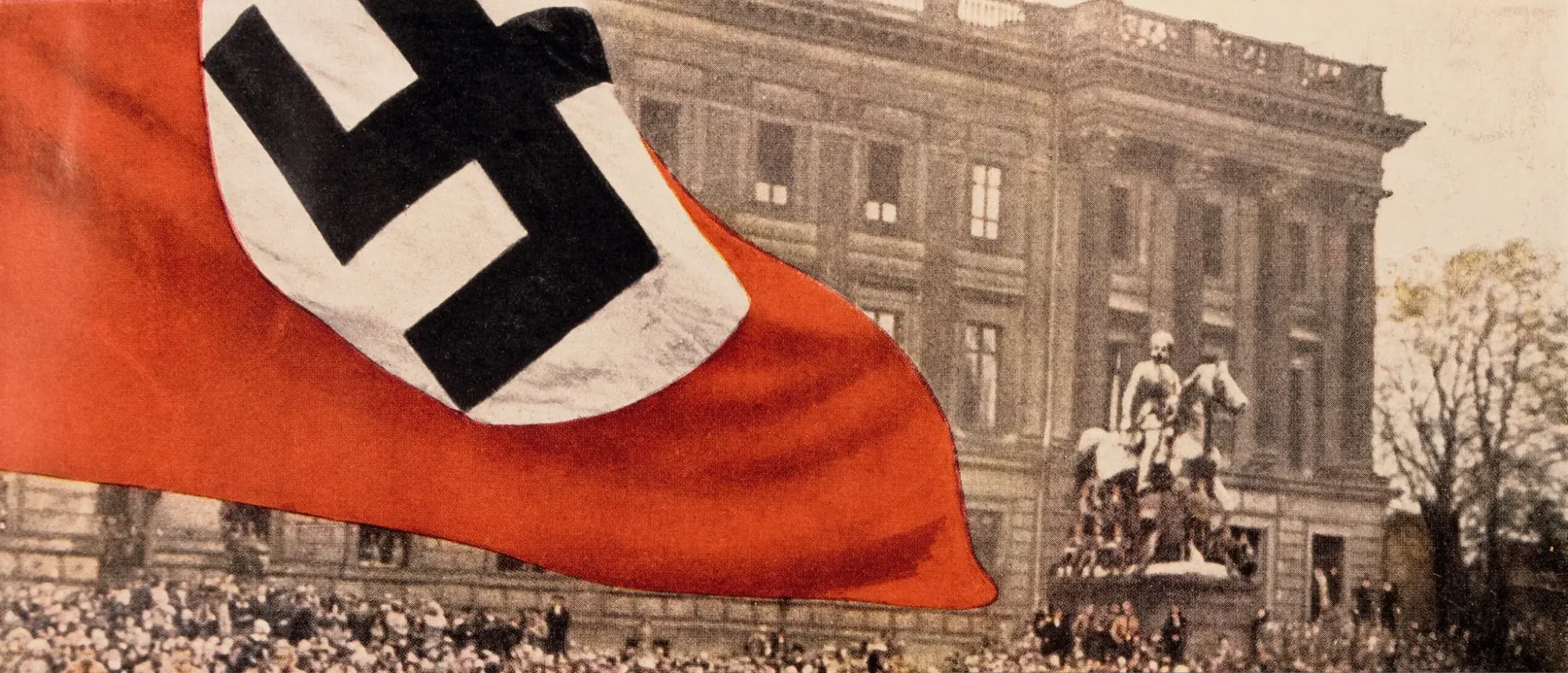The camp had a so-called hospital (infirmary) which was mostly over occupied. Hygienic sanitary conveniences did not exist. The prisoners had to use the communal latrines – no concessions were made to illness, health or bad weather. The latrines consisted of eight barrels over which a board with holes was constructed. Two prison doctors occasionally worked here. There was practically no medicine. A builder, employed as medic, operated without the use of anasthetics. He desinfected the scalpel with petrol. During a stomach operation the patient was held down by others. The local Schandelah doctor, Dr. Fritz Zschirpe inspected the hospital but was unable to have any influence over conditions there. He was only summoned to sign death certificates.
The general conditions of life were inhuman. The whole prisoner’s camp which was located separately from the factory plant and was positioned on the south side of the road, was overrun with vermin. To try to protect themselves from the cold many of the men put empty cement bags under their clothing, although it was forbidden. The punishment was 25 strokes of the cane. Until the end of 1945 the drinking water was driven from a neighbouring village. As this occured at irregular intervals the prisoners were able to wash only occasionally. The men had only 15 buckets of water to share for their personal hygiene. There was a special unit of 14 men who were responsible for the water supplies. At a later date the prison camp was provided with a water connection. This froze frequently.
Dr Zschirpe’s notebook verified 129 deaths between Nov. 44 and April 45. According to a survivor’s statement all prisoners in the infirmary were sent back to Neuengamme on three occasions in one year. These prisoners numbered approximately 300. The number of deaths reached 200 according to information from former Schandelah prisoners. 20 men were killed trying to escape and 5 were killed by SS-guards. It will never be possible to state the exact number of death victims from the camp in Schandelah. The bodies were transported to a crematory in Salzgitter- Drütte having been kept intermediately for some days in the latrines. Ebsen had a camp cemetry built. The bodies of three men were put into one box to save wood. When the wood ran out the bodies were just buried. According to Ebsen’s instructions each grave was marked with a small cross. At the end of March 1945 he had the crosses removed and the cemetry ploughed over on command from Neuengamme.
